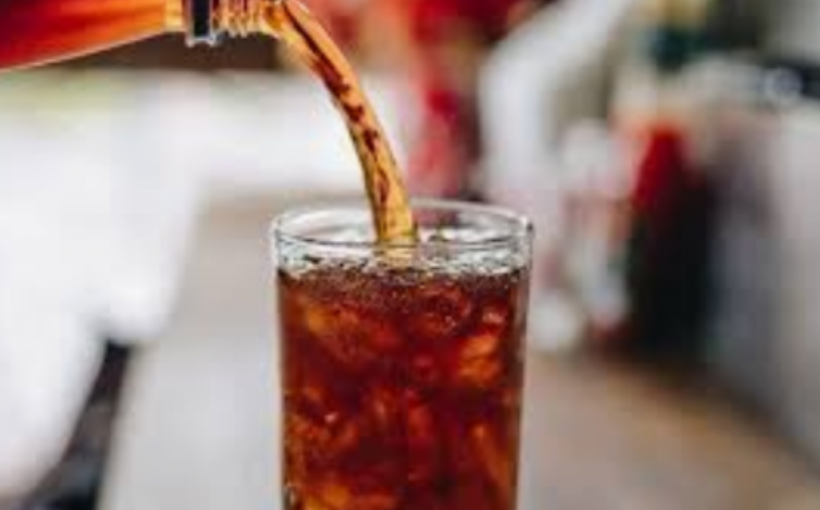Study of people in treatment for addiction shows 90% had a history of alcohol overdose, and 80% of the time they were taking other addictive drugs at the time they overdosed
For several years, the national spotlight has shone on the need to prevent and rapidly treat opioid overdoses. But a new study suggests a need for more focus on the risk of alcohol overdoses among people who use opioids of all kinds, as well as cocaine, marijuana and certain prescription drugs.
Researchers from the University of Michigan Addiction Center find that 90% of 660 people surveyed in a residential recovery center had overdosed on alcohol at least once in their lives – blacking out, or suffering alcohol poisoning severe enough to need medical treatment.
That by itself may not be too surprising. But 80% of alcohol overdose survivors said that at the time of their overdose, they had also been taking other drugs, including street drugs and prescription drugs that have abuse potential.
More than 43% said they’d been using marijuana, and around 1 in 4 said they’d been using sedatives such as sleeping pills, and/or cocaine or crack, and/or prescription opioids. Nearly 40% said they’d been using two or more drugs in addition to alcohol when they suffered their alcohol overdose.
And the more substances they’d been using at once, the higher their chance that their alcohol overdose sent them to the hospital for emergency or inpatient care.
1+1 = 3 when alcohol interacts with drugs
Alcohol ramps up the effects of other drugs that act on the brain and nervous system, and vice versa, which means faster, more dangerous effects on the brain and body, says Anne Fernandez, M.A., Ph.D., lead author of the new study published in the journal Alcoholism: Clinical and Experimental Research.
But people who drink and take these drugs at the same time may not fully realize the danger before it’s too late, and they suffer an acute reaction that needs emergency care.
Fernandez, an addiction psychologist, says many people don’t realize that alcohol by itself kills six Americans a day. But many of the 130 opioid overdose deaths in the U.S each day may result from a combination of illicit or prescription opioids with alcohol, and perhaps other substances such as sleeping pills and anxiety medications that depress the central nervous system, she says.
“As a society, we treat all these drugs as if they were in silos, as if people were just using one, when in fact it’s much more blended, and they have an additive effect,” says Fernandez, an assistant professor in the Department of Psychiatry at the U-M Medical School. “We need to understand better how people mix substances, and how overdoses result from the interactions of those substances.”
Clinical implications
Fernandez counsels patients about their alcohol use at U-M Addiction Treatment Services and at a specialty alcohol-related liver disease clinic at Michigan Medicine, U-M’s academic medical center.
She’s also studying alcohol use among patients scheduled for surgery, in part because of the risk of interaction between what they drink and the pain medication they take after their operation.
The new study, she notes, shows the importance of focusing on people in the highest-risk categories of “polysubstance” users.
Because the data are from a limited number of people who had found their way to a residential recovery program in Michigan in the mid-2010s, and are not nationally representative, Fernandez and her colleagues call for more research on this phenomenon.
For those who are receiving or leaving inpatient recovery care, she notes, the study also points out the importance of counseling around alcohol as a risk factor for severe overdose events.
Need for further research
The data don’t provide insights into the intent of the patients at the time they used alcohol and multiple other drugs, nor whether they obtained prescription sedatives, prescription opioids and prescription stimulants such as ADHD drugs with a prescription or on the street.
“We tend to think of opioids such as heroin and fentanyl as the ones that have the risk of an overdose, but people taking prescription opioids or sedatives for legitimate medical reasons are also at risk if an overdose if they combine those with alcohol,” says Fernandez. “Alcohol may be more socially acceptable than other substances, but it’s still one of our nation’s biggest killers, in both its acute and long-term effects, and its role in raising the risk of serious injuries during other activities like driving.”
Fernandez also notes that research is severely lacking on the effect of marijuana and marijuana derivatives combined with alcohol, which is especially concerning given the recent legalization of medical and recreational marijuana in more states.
“Research has shown combining alcohol with cannabis significantly increases levels of THC in the blood, and anecdotally we hear about people ‘greening out’ or ‘whiting out’ when they’re using both,” she says. But not enough is known about these effects.


